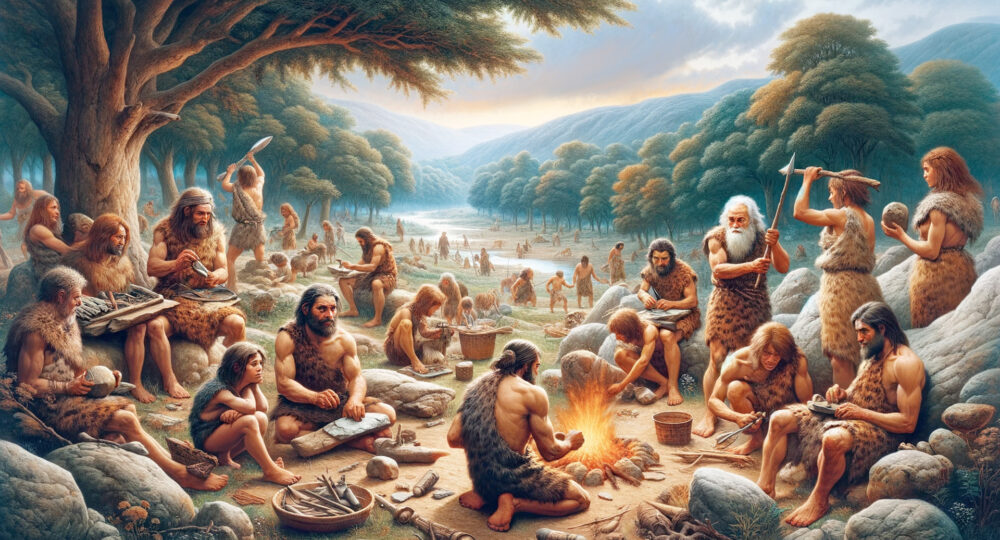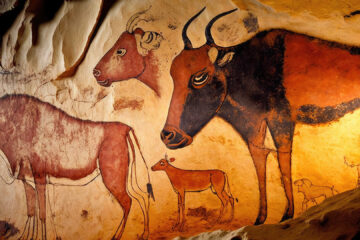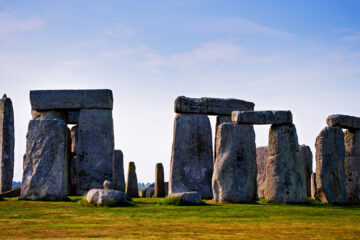
The Stone Age: A Kaleidoscope of Human Evolution Over Two Million Years
The Stone Age, a term entrenched in the archaeological records, designates the elongated dawn of human history. This epoch, spanning over two million years, is a mosaic of human evolution, cultural genesis, and technological infancy. It is an era that witnessed the nascent stirrings of human ingenuity, where stone served as a tool and a testament to burgeoning intellect.
The Primordial Canvas: Paleolithic Period
The Paleolithic, or Old Stone Age, forms the earliest chapter of this prehistoric saga. This period, stretching from approximately 2.6 million to around 10,000 BCE, is a straddling of human development. It begins with the earliest known stone tools, crafted by our hominin ancestors – progenitors like Homo habilis, architects of the rudimentary Oldowan tools.
This epoch witnessed the evolution of Homo erectus, an adept traveller and innovator of the Acheulean handaxe, a tool that symbolized a leap in cognitive and motor skills. The Paleolithic era is a narrative of survival, adaptation, and the slow burn of societal evolution. Around 1 million years ago, Fire’s mastery marked a seminal point, revolutionizing diet, safety, and social dynamics.
In the Upper Paleolithic, Homo sapiens, our direct ancestors, emerged as the dominant hominin. This period is a quest for artistic expression and complex toolkits, with Aurignacian and Magdalenian cultures reflecting an apogee in prehistoric artistry and craftsmanship. Ancient cave paintings in Lascaux, France, and Altamira, Spain, offer a window into a world rich in symbolism and storytelling.
Neolithic Revolution: The Dawn of a New Epoch
Transitioning from the Paleolithic is the Mesolithic, a transitional period marked by the refinement of stone tools and the beginnings of a settled existence. However, the Neolithic, or New Stone Age, spanning from around 10,000 BCE to approximately 3000 BCE, is where the most dramatic transformation occurred – a shift from nomadic bands to agrarian societies.
This Neolithic Revolution, a term coined by V. Gordon Childe, was not a singular event but a series of independent yet interconnected agricultural awakenings across the globe. It heralded the domestication of plants and animals, leading to sedentary lifestyles and the genesis of villages and urban centres.
Stone tools became more sophisticated, with grinding and polishing techniques producing tools like sickles and axes integral to an agricultural lifestyle. This era also witnessed the birth of pottery, weaving, and the nascent stages of metallurgy, hinting at the end of the Stone Age and the dawn of the Bronze Age.
Societal Blossoming and Cultural Intricacies
The Stone Age was not merely about survival and technological advancements. It was a crucible of cultural and societal development. Rituals, burials, and art were expressions of complex social structures and belief systems. Megalithic structures like Stonehenge are enduring riddles, hinting at sophisticated astronomical knowledge and communal effort.
The Legacy of the Stone Age
The Stone Age, a colossal epoch in the human timeline, is more than a story of stones and bones. It is a narrative of resilience, innovation, and the relentless pursuit of advancement. This age laid the foundation for everything that followed, setting the stage for the complex web of human history. Its study is not just an examination of our past but a reflection on our identity as a species, forever pushing the boundaries of possibility.
The Stone Age is not a mere footnote in history but a monumental epoch that encapsulates the dawn of human creativity, adaptability, and ingenuity. It remains a testament to our ancestors’ indomitable spirit, a spirit that continues to define humanity’s journey through the ages.









